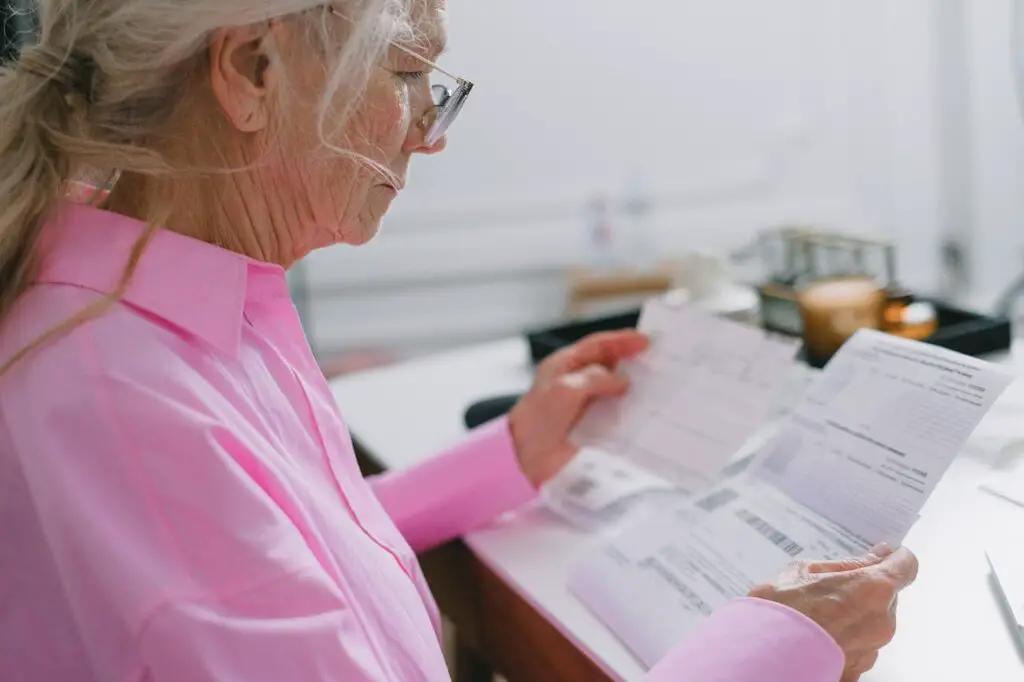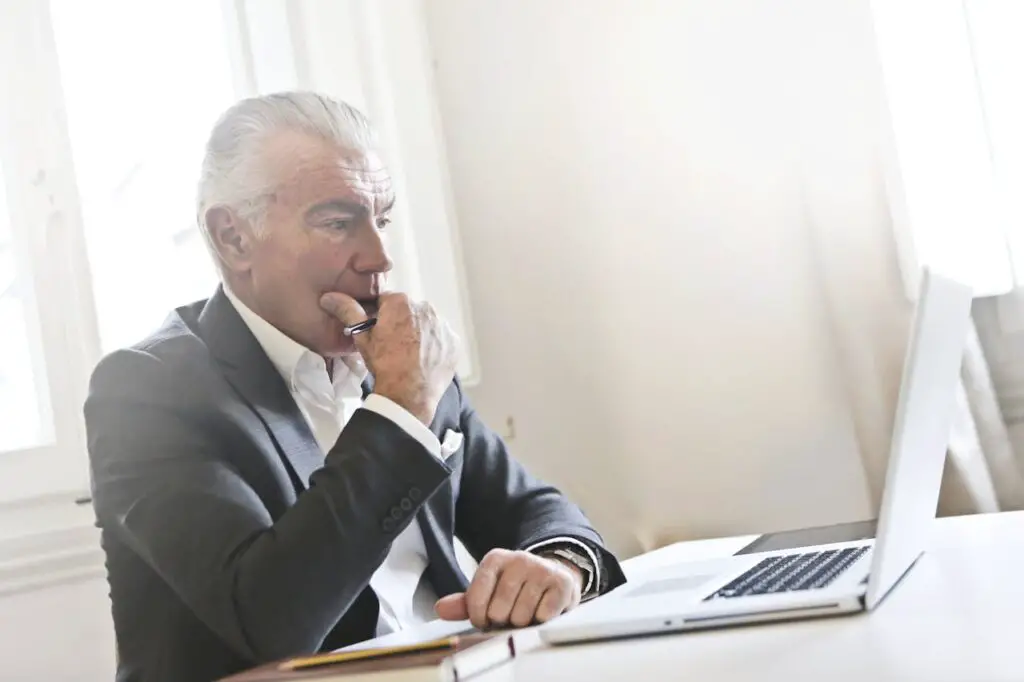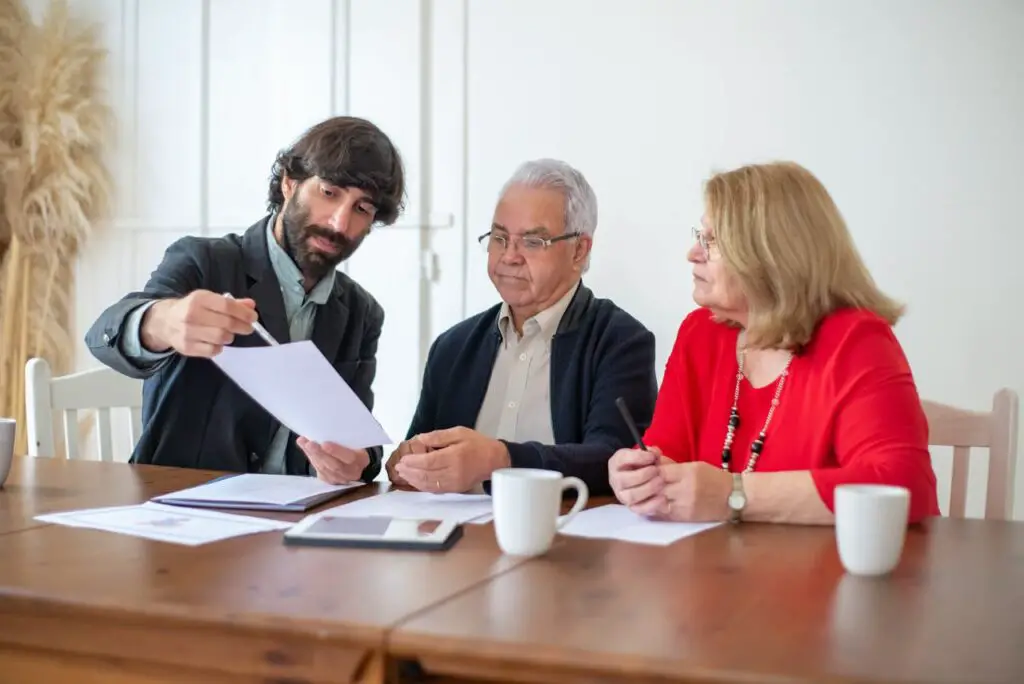Financial Safety Net: 8 Steps Boomers Can Use to Build an Emergency Fund After 60

Reaching your 60s can feel like crossing into a new season of life. You have decades of experience, plenty of wisdom, and hopefully more time to spend on what you love. But one thing that does not fade with age is life’s ability to throw us curveballs. A leaky roof, a medical bill, or even helping out family can quickly drain your wallet if you are not prepared. That is where an emergency fund becomes a lifeline.
If you think it is too late to build one after 60, think again. This is the perfect time to create a cushion that protects your independence and gives you peace of mind. It is not about saving millions, but about setting aside enough to handle life’s surprises without derailing your retirement or piling up debt. Here are eight smart and doable steps Boomers can take right now to create a financial safety net.
1. Assess Your Monthly Needs and Add a Cushion

Start by taking a clear look at your current expenses. Add up what you spend on housing, food, insurance, utilities, transportation, and health care. Once you have that number, set a target for your emergency fund. While financial experts often suggest three to six months of expenses, Boomers may want to aim for 12 to 24 months if possible. Health costs and income changes can be less predictable at this stage of life, so a larger cushion offers more peace of mind.
Think of it this way: if your monthly essentials are $3,000, a 12-month emergency fund would mean saving $36,000. That might sound intimidating, but the key is to start small and stay consistent. Every dollar you set aside is one more layer of protection.
2. Set Realistic and Specific Savings Goals

“Save more” is too vague to stick with. Instead, choose goals that are specific and measurable. For example: “Save $5,000 over the next 18 months,” or “Have $15,000 set aside by my 65th birthday.” Breaking it down into smaller milestones, like $500 at a time, makes the process less overwhelming and gives you motivation along the way.
It also helps to define what counts as a true emergency. Replacing a broken water heater? Yes. Upgrading to the newest smartphone? Probably not. By setting clear rules for your fund, you will be less tempted to dip into it for non-essentials.
3. Automate Your Savings to Stay Consistent

Consistency is the secret ingredient to building any savings habit. One of the easiest ways to stay on track is to automate the process. Set up a recurring transfer so a portion of your income—whether from Social Security, a pension, or part-time work—goes directly into your emergency fund account.
Think of it like paying a bill to yourself. Once the transfer is automatic, you will not have to rely on memory or willpower to save. Even $50 or $100 each month adds up over time, and watching your account grow without constant effort can be surprisingly motivating.
4. Choose the Best Place to Keep Your Emergency Fund

Where you keep your emergency money matters just as much as how you save it. You want it to be safe, easy to access, and earning at least a little interest to offset inflation. High-yield savings accounts, money market accounts, or short-term certificates of deposit are all solid options.
Avoid tying this money up in retirement accounts or investments that are difficult or costly to access. The whole point of an emergency fund is to be able to grab it quickly when life surprises you. A dedicated account with a modest return is usually the smartest balance of safety and convenience.
5. Cut Unnecessary Expenses and Boost Income Where You Can

Saving more does not always mean earning more. Often, it is about trimming back what you no longer need. Go through your recurring expenses and look for areas to cut. Old subscriptions, duplicate streaming services, pricey cell phone plans, and unused memberships are easy wins.
On the flip side, if you enjoy staying active, consider light part-time work or passion projects that bring in extra income. Consulting, tutoring, pet sitting, or even selling crafts online can put more cash into your emergency fund without overwhelming your schedule. And if you get an unexpected windfall, like a tax refund or bonus, direct at least part of it straight into your fund.
6. Plan for Health Care Costs and Insurance Gaps

Medical bills can be one of the biggest financial shocks later in life. Even with Medicare, many expenses such as dental, vision, hearing aids, and long-term care are not fully covered. That is why it is wise to review your insurance policies regularly and make sure you are protected where you need it most.
If long-term care insurance is an option, explore whether it makes sense for your budget and lifestyle. Having a well-funded emergency account specifically for medical surprises can save you from turning to credit cards or dipping into retirement savings when health issues arise.
7. Keep Retirement Accounts Off-Limits

It can be tempting to dip into retirement accounts for emergencies, but this should be a last resort. Withdrawals from 401(k)s and IRAs can trigger taxes, penalties, and lost investment growth. Using them too soon can put your long-term financial security at risk.
Instead, think of your emergency fund as a separate pot of money that shields your retirement nest egg. Retirement funds are for the long haul, while your emergency savings are for the here and now. Keeping them separate will give you more financial stability in both the short term and the future.
8. Replenish and Celebrate Your Progress

If you do need to use your emergency fund, that is okay—after all, that is what it is there for. The important part is to make a plan to replenish it. Even small contributions add up, and getting back to your target balance should be a priority.
Do not forget to check in with your savings goals once or twice a year. Expenses and needs change over time, so your target may shift too. And when you hit a milestone, celebrate it. Reaching your first $1,000 or $10,000 is proof that your dedication is paying off. Give yourself credit—you are building financial peace of mind.
Final Thoughts

Building an emergency fund after 60 might feel like climbing a hill late in the game, but remember: you have been climbing hills your whole life. You already know the power of persistence and the value of preparing for the future. This is simply another way to safeguard the years ahead.
Start small, stay steady, and give yourself grace along the way. Whether it takes months or years to hit your goal, every step brings more security and freedom. And when that next surprise comes—because it will—you will not have to panic. Instead, you will be ready, confident, and in control. That peace of mind is priceless, and you absolutely deserve it.
Leave a Reply